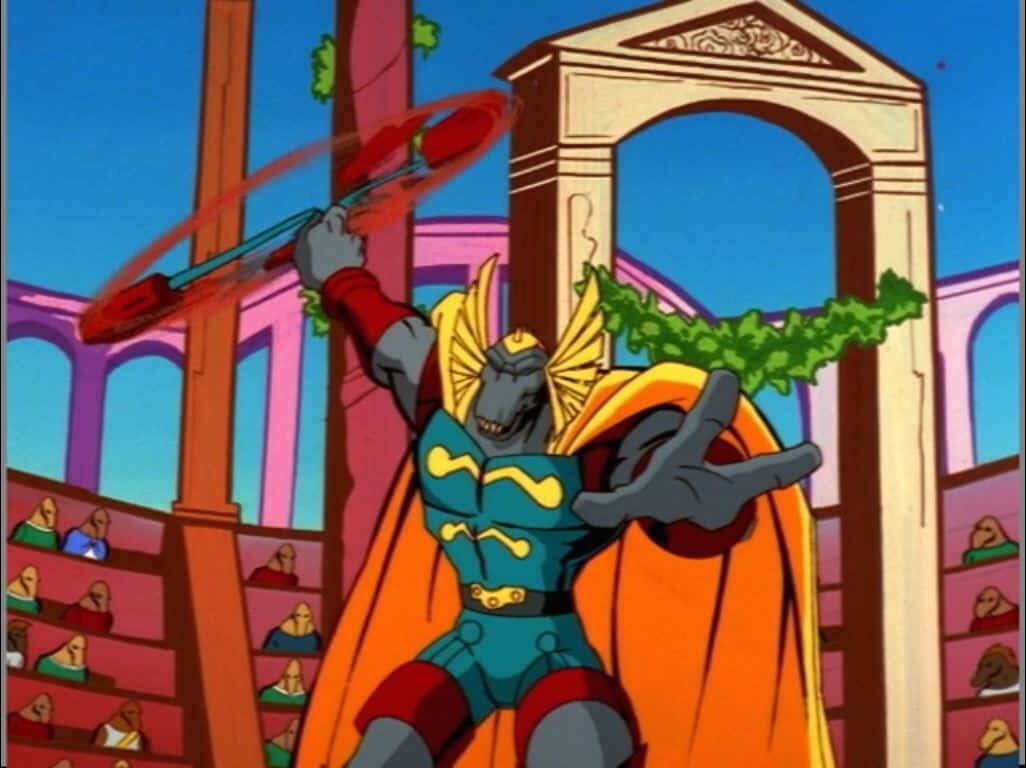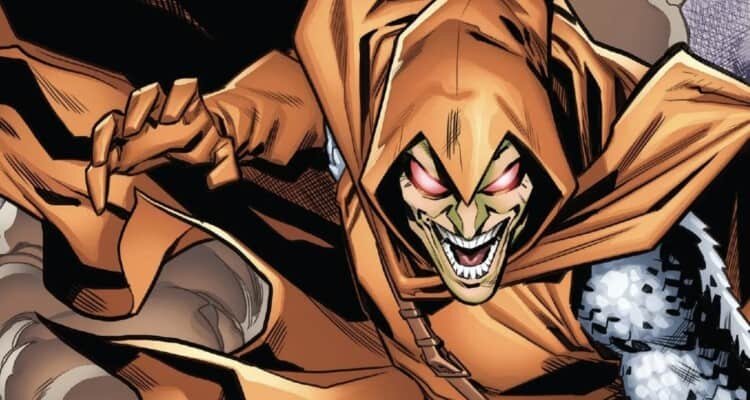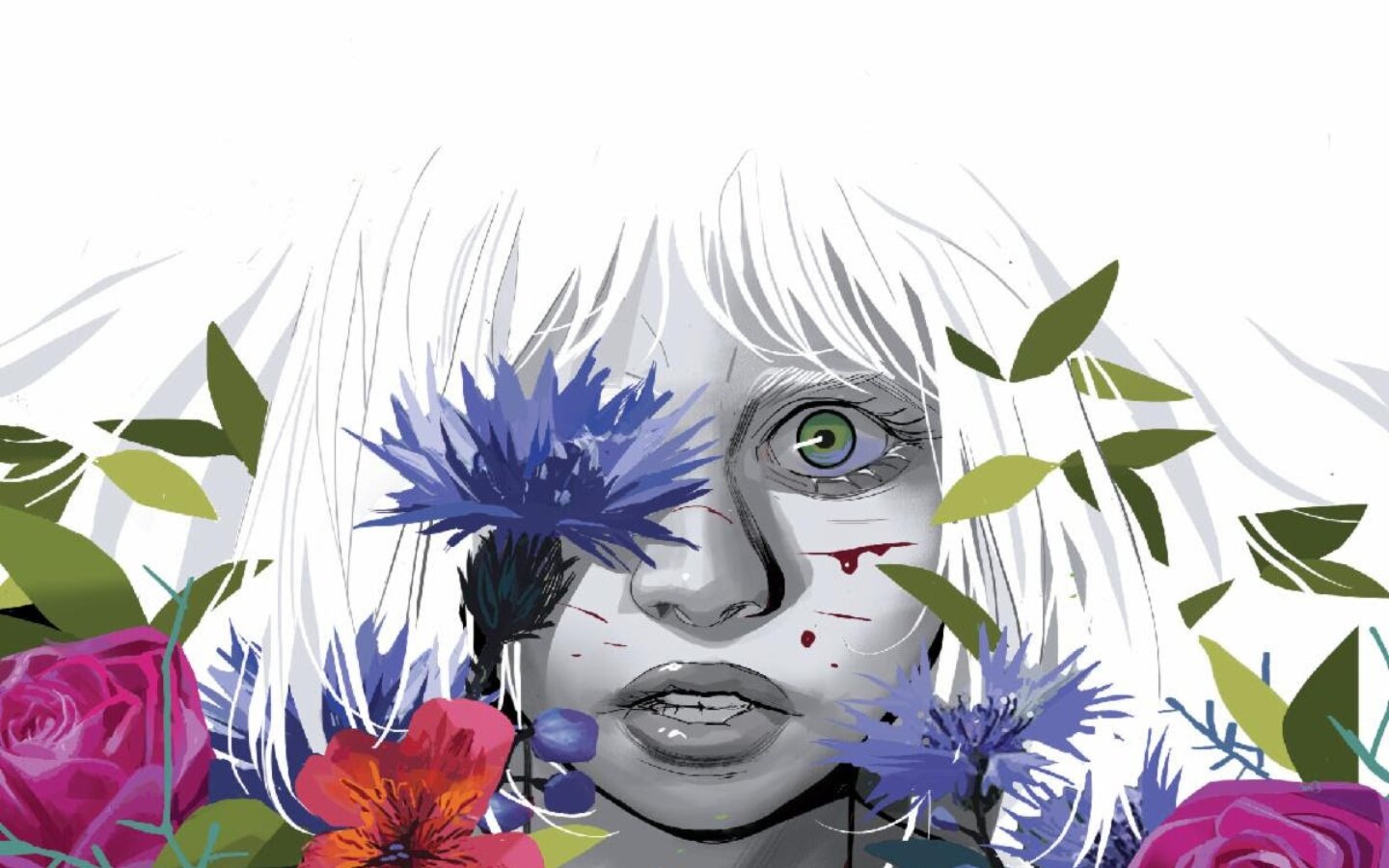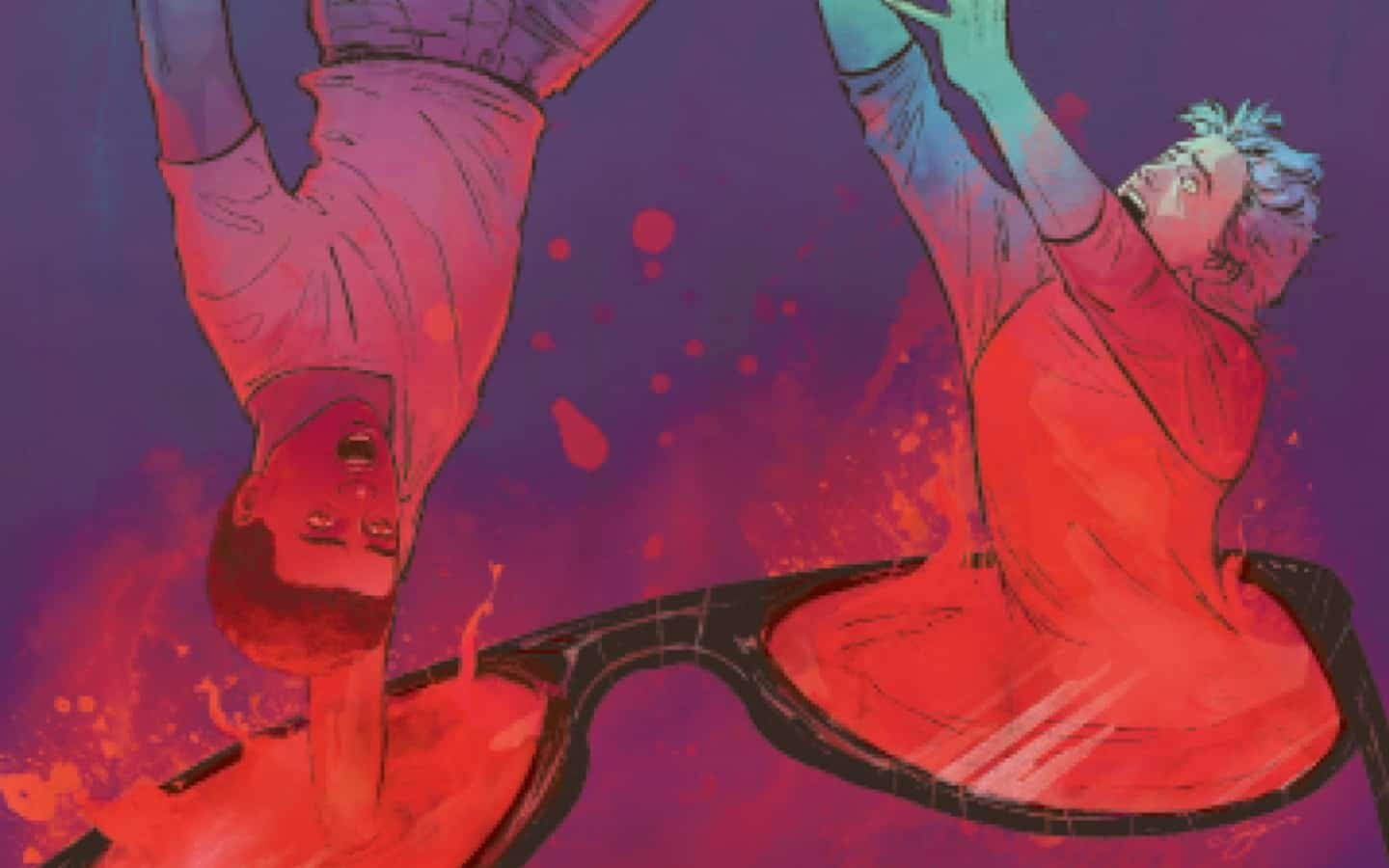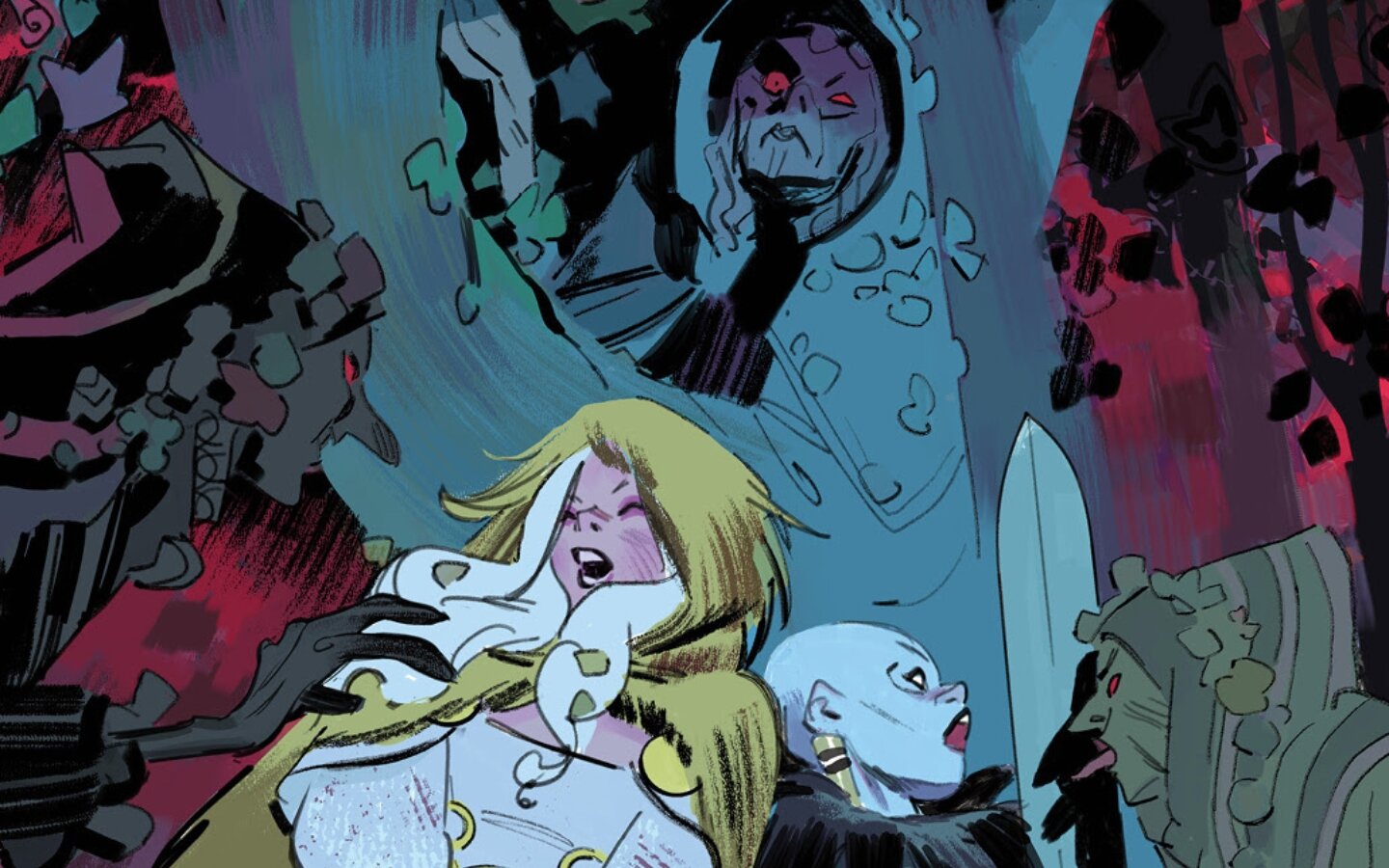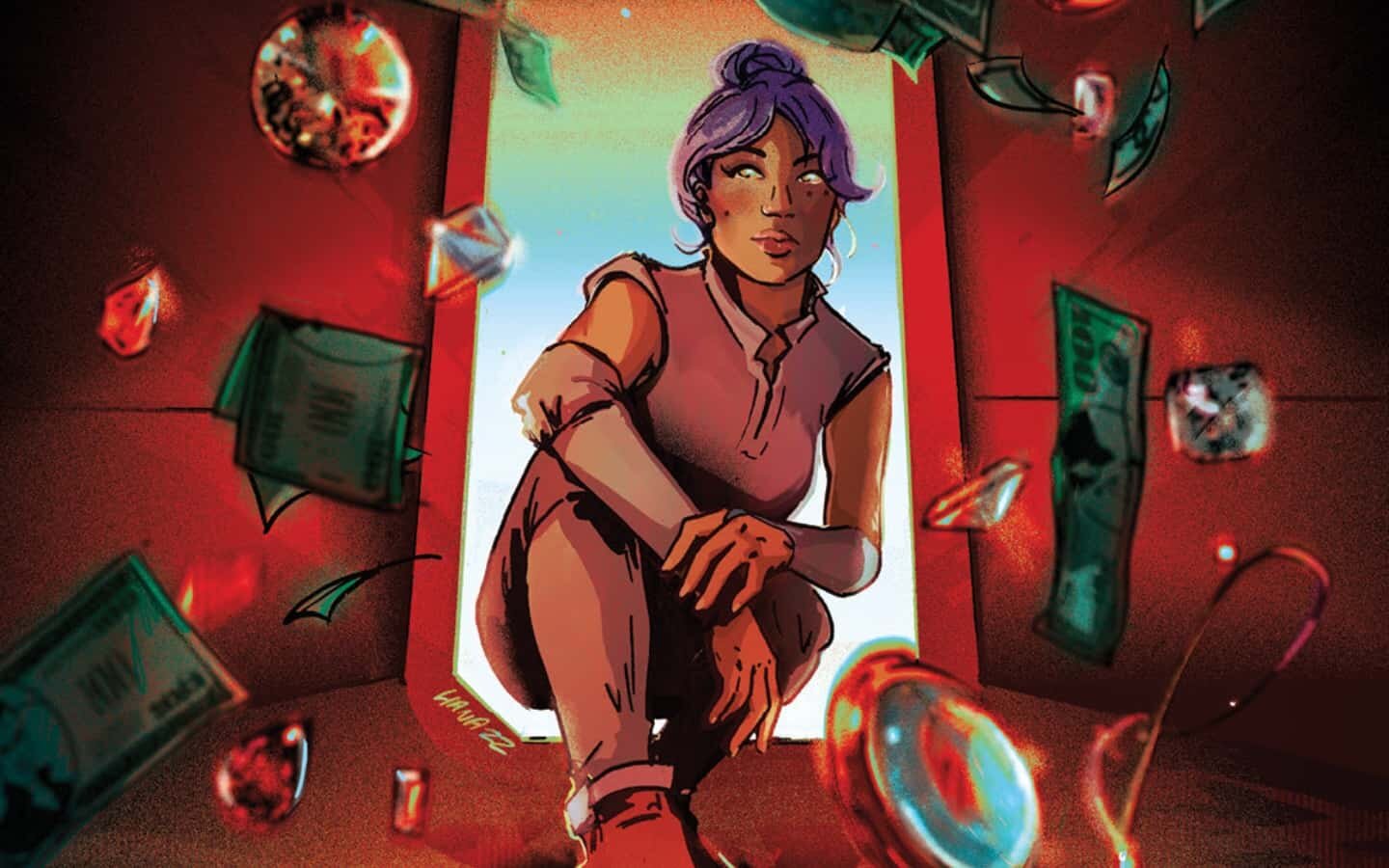Queer For Fear Plot
Queer For Fear is a 4-part docuseries about the long history of horror and how the queer community has not only latched onto it but embraced and even informed it. Through a series of interviews with queer filmmakers, queer historians, drag queens and families of some queer icons who we have lost, each episode tackles a major moment in the trajectory of the horror genre and analyses it through a queer lens, with all the appropriate wit and charm that comes along with such a reading. It’s a series designed to not only explore the history of gay representation but a reminder that horror as a genre has always been and will always be in some way political and undeniably queer.
RELATED: TRAILER BREAKDOWN: Queer for Fear Trailer Lifts the Veil on LGBTQ+ Voices in Horror
Queer For Fear Review
For this review, Shudder has provided the first two episodes of the four-episode series. Both episodes utilize gloriously filmed interviews of the assorted queer and queer-adjacent subjects, intercut with footage from the classic films mentioned. When those films are in black and white, the documentary decides to cover the footage with a filter that takes on one of the colours of the rainbow flag because god damn it, this documentary is going to make sure that you notice the queerness going on if it literally has to colour it in bright purple just so you can’t miss it. It gives the documentary a unique visual aesthetic that allows it to occasionally slip into moments of pure over-the-top campy dramatics that make things so much more fascinating.
Queer For Fear: Episode One
The first episode of Queer For Fear is incredibly dense and basically has to cover the entire beginning of the horror genre, starting with Mary Shelley and ending around the time of the first Dracula movie. It goes to great lengths to explain what made these people or stories queer, in the case of people like Mary Shelley, Oscar Wilde or Bram Stoker there are contemporaneous letters where they basically just admit to being gay (the highlight of the episode is when drag queen Alaska Thunderfuck reads one of Mary Shelley’s letters describing her bisexual desires) before going on to explore how their queerness impacted their work.
There’s a certain playfulness with this episode, the early part of the history of queer horror is jovial and fun with a lot of the interviewees throwing out quippy jokes about how interesting it was that Mary Shelley invented horror by writing about how much men are stupid for trying to create life on their own or just talking about how hot Bram Stoker was (which… fair) and it all goes by very quickly. While it has fun with the tone, the episode (and series) knows when to pull back and be serious because some of the events they talk about still resonate with modern queer audiences, such as the story told about Oscar Wilde’s infamous arrest for the crime of being gay. That still resonates even today and the episode really seems to get how big a moment that was.

Queer For Fear: Episode 2
The second episode is just a little more restrained, sticking largely to two major figures in horror and going into detail about the people around them. The first main topic is James Whale, which allows the docuseries to go into a detailed discussion of how layered with subtext his films were, the queer cast that kept popping up, the Hays code and the obvious camp factor that filled most of Whale’s horror work which also ended up defining that era of horror films. In a little over 20 minutes, the amount of detail given about this man’s work and life is exquisite and captivating.
Where Queer for Fear kicks into high gear and elevates from great to an absolute must-see however is in the second half of the second episode where they focus largely on Alfred Hitchcock. Much like with the element on Whale they talk about things like how queer some of Hitchcock’s movies were (Rope being possibly the best example of this) or on his casting choices, for a while you think you might be getting a perfect repeat of the first half until we get to Psycho when the film really leans into the harms that these films can do to the queer community and in particular the life of Tony Perkins which is largely relayed to us by his son.
While the second episode is still funny and informative, there’s an intensity to it that grows and grows until the final few minutes will get you by surprise. It’s willing to take the time required to really explore the topic properly, only detouring a little every now and then for some fun pointedly queer asides but never losing track of the heart of the story being told. It’s a hard juggling act to pull off, especially among the bright colourful lights and glamorous drag icons littering Queer For Fear but god damn it, they pull it off.
Queer For Fear Overall
Queer For Fear has the potential to be one of the greatest horror docuseries around, the decision on that will have to wait until we see it all, but if they maintain this pace and tone just right then they will have something special. It’s a fun and incredibly informative experience, letting audiences in on a subtext they may never have noticed and doing so in a way that’s inviting without ever dumbing it down for a straight audience. It’s political and it’s queer and it’s glorious as hell, just gotta hope that they keep it up for the rest of the season but something tells me that they’re going to make it after all.
Queer For Fear Premieres on Shudder on the 30th September
What did you think of Queer for Fear?
What do you think of Queer for Fear? What element of queer film history did you find most interesting to learn about?
Let us know on social media!


